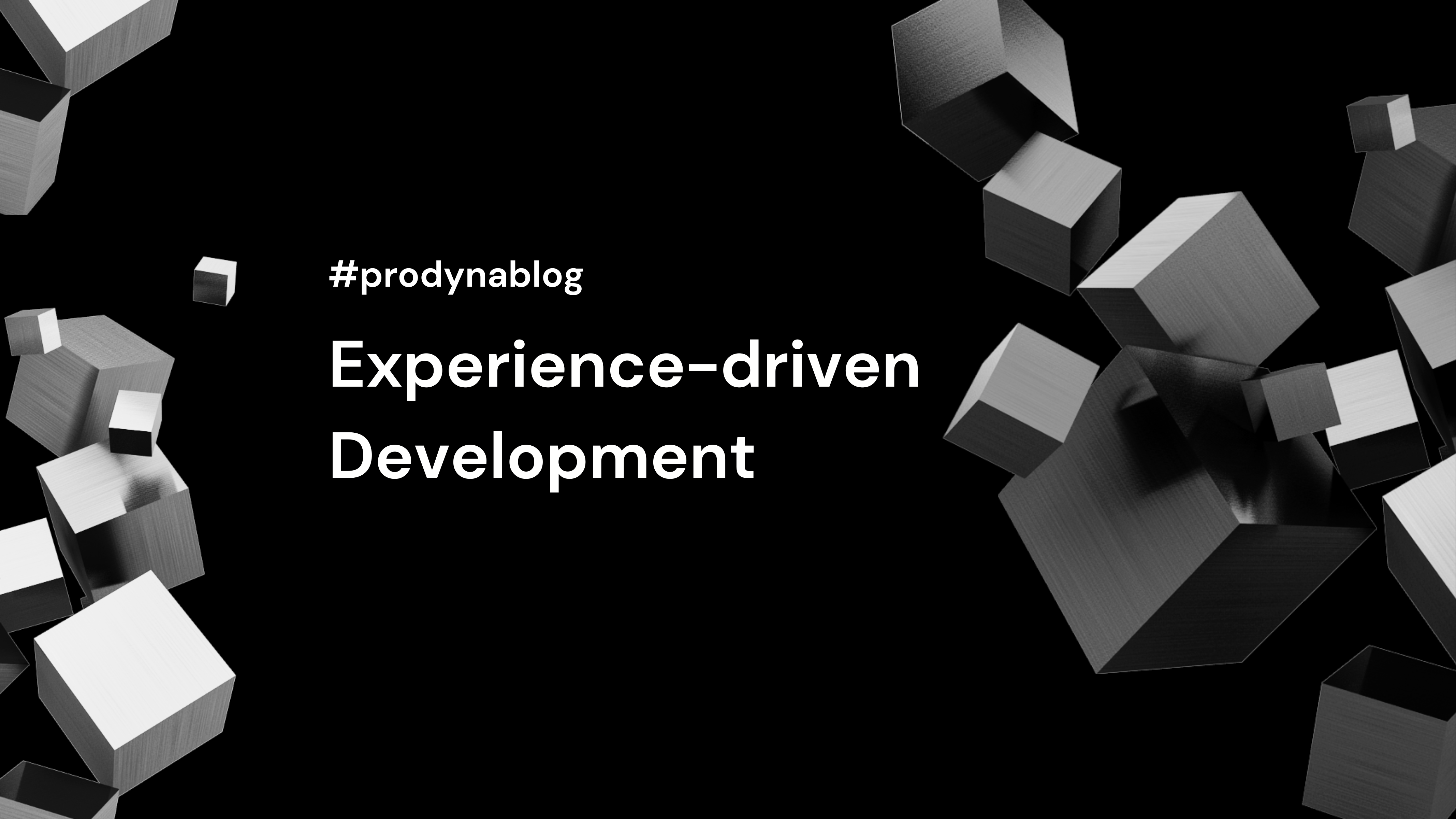How Flutter is revolutionizing app development for businesses
.jpg)
If you are looking for a fast, reliable, and cost-effective way to build beautiful apps for multiple platforms, look no further than Flutter. Flutter is a UI toolkit from Google that allows you to create native apps for iOS, Android, web, and desktop from a single codebase. In this blog post, we will explore how Flutter is revolutionizing app development for businesses by providing them with the following:
- Faster time to market: With Flutter, you can write one codebase and deploy it to multiple platforms with minimal changes. This means you can launch your app faster and reach more users without compromising quality or performance.
- Higher productivity: Flutter has a rich set of widgets, tools, and libraries, making development more manageable and enjoyable. You can also take advantage of hot reload and hot restart features that let you see the changes in your app almost instantly without losing state or restarting the app.
- Greater flexibility: Flutter gives you complete control over every pixel of your app’s UI. You can customize your app’s look and feel according to your brand identity and user preferences. You can also use different themes for different platforms or devices to provide a consistent user experience across all screens.
- Easier testing and maintenance: Flutter supports automated testing at different levels, such as unit tests, widget tests, integration tests, etc. You can also use Flutter DevTools and Firebase Test Lab to debug and optimize your app’s performance. Moreover, since you have one codebase for all platforms, you can reduce the complexity and cost of maintaining your app over time.
Deliver your app
Flutter is not only great for developing apps but also for deploying them. One key feature that makes Flutter great is its capability for continuous integration (CI). CI is a process that automates the building and testing of your code every time you make a change. In Flutter, this can be automated from the single change to the ready-to-release app in the Appstore.
Flutter supports CI by providing a solid CLI with various tools which can be used on any CI platform, such as GitHub Actions, Azure Pipelines, Gitlab pipelines, Jenkins, and more. There are even specialized services covering anything you want, like Codemagic. I rather have complete control of the pipeline and prefer to build them myself.
These tools help you automate tasks such as:
- Running tests on different devices and platforms
- Checking code quality and style
- Generating screenshots and videos
- Building APKs or IPAs (Android & iOS Deliverables)
- Distributing beta versions or releasing final versions
- Sending feedback or reports

Using CI tools with Flutter ensures your code is always reliable, secure, and up-to-date. You can save time, money, and resources by avoiding manual errors, bugs, or delays. Furthermore, you can improve collaboration among your team members by sharing consistent feedback, best practices, and standards.
Depending on which pipeline you use, I do not recommend using the test capabilities from Google and Apple directly to distribute your app for testing. When builds are transmitted, it can take some while until they are finally available. Having a service like Appcenter or Firebase in between makes it easy to hand out your app to testers and keep track of deliveries and versions. Additionally, both can connect to the actual App stores, so the process from testing to production can be fully automated from the pipeline.
Finally, Flutter is trusted by many well-known brands worldwide who have used it to create amazing apps for their businesses. Some examples are Google Pay, Alibaba Group, eBay Motors, BMW Group, Nubank (Brazil’s largest fintech company), Tencent (China’s largest internet company), The New York Times (NYT), Square (SQ), Philips Hue (PHG), Realtor.com (MOVE), Groupon (GRPN), MediamarktSaturn, and many more.

I have been using Flutter for several years now, and I am amazed by how easy and fun it is to create stunning apps. This article is written based on a perspective of developing the app but also as a product manager. Problems based on the operating system like Android or iOS rarely happen, while its declarative and module-based approach makes it very good for an MVP development cycle. Having an experienced architect in the beginning, to set up a proper foundation makes it very easy and quick to improve the features iteratively — from the developer and product sides.
Conclusion
You should always consider Flutter and broaden the view when considering app development, whether Mobile or Web. Of course, there can be very different challenges among different project setups, which should be considered, and a thoughtful technology choice is to be made. Looking at dependencies like existing native apps, other options than Flutter can be more helpful. But starting on a green field or when just setting up the existing app in an entirely new design, Flutter is the best choice to use.
Wrapping up:
- Applicable for Web, Mobile, or Desktop apps
- Ideally suited to SCRUM/MVP Development
- Quickly gaining attraction, from small to big companies
- Well established framework
- First choice for new Frontend projects
If you have any questions or comments about mobile, web, or Flutter-specific topics, contact me directly. I would love to hear from you and discuss anything related to App development.
More related topics








